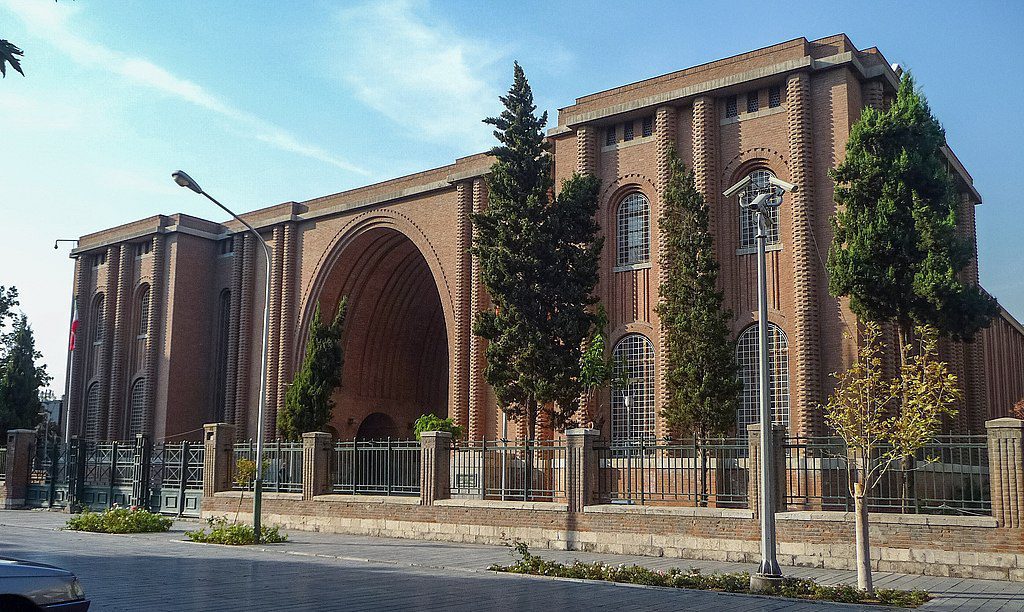Table of Contents
Stepping foot into Tehran, you’re greeted by a city brimming with a rich tapestry of history. Honestly, it’s a metropolis where ancient traditions and modern lifestyle coalesce seamlessly; and amidst this vibrant hustle and bustle stands an iconic establishment – the National Museum of Iran. Yes, you heard it right: a museum that encapsulates the essence of Iran’s splendid past and vibrant present.
Located in the heart of Tehran, it is a repository of priceless artifacts, showcasing millennia of Persian history. Its collection is undoubtedly rich and varied, taking you on a whirlwind journey from the earliest civilizations to the present day. This monumental structure is not just a building; it’s a silent narrator of Iran’s epic history.
Welcoming thousands of history buffs annually, the National Museum of Iran is divided into two main buildings. Firstly, the Museum of Ancient Iran (Muze-ye Irān-e Bāstān), displaying items from Paleolithic to Sassanian eras. Secondly, the Museum of the Islamic Era, showcasing arts from the advent of Islam in Iran to recent centuries.
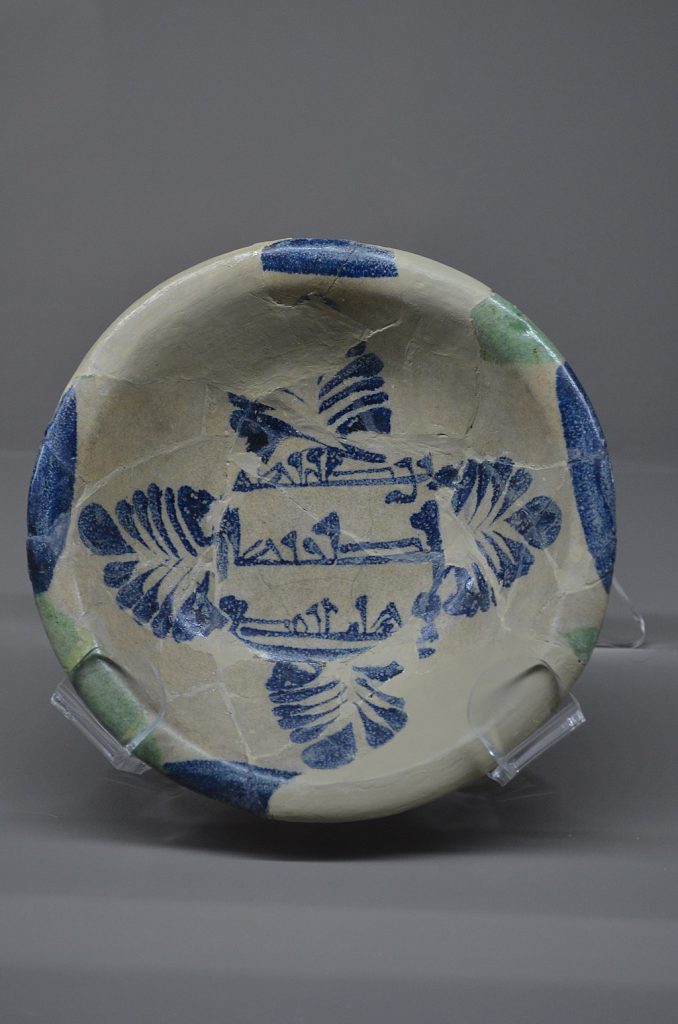
Capturing the essence of the country’s complex history, this museum stands as an irreplaceable treasury. Its collections are handpicked, reflecting the diverse cultures that flourished on the Iranian plateau. The national museum is, definitely, a must-visit for history enthusiasts and culture vultures alike!
Touring this museum, you’ll realize, it is not just about the artifacts. It’s about the stories they tell, the civilizations they represent, and the people they connect. Here, history is not trapped behind glass cases but lives, breathes, and converses with its audience.
Wrapping up the introduction section, let me just say, for anyone wishing to immerse themselves in Iran’s past, the National Museum of Iran is an absolute must. But don’t take my word for it, come and see it for yourself!
The Captivating History Behind Iran’s Biggest Museum
Did you know? The National Museum of Iran, constructed in the early 20th century, holds an important position in the country’s cultural heritage. The idea of a national museum in Iran came about during the reign of Reza Shah Pahlavi, as part of his efforts to modernize Iran.
The museum’s conception and construction was guided by French archaeologist Andre Godard. His vision was to create a museum that preserved, studied, and displayed Iran’s historical artifacts. The museum’s main building, constructed in 1937, reflects the history of Iran from the 5th millennium BCE up to the 7th century CE.
The architecture of the museum is noteworthy. The entrance gate mirrors the gates of Persepolis, an ancient city that was the ceremonial capital of the Persian Empire. The second building, added in 1996, houses Islamic art and artifacts.
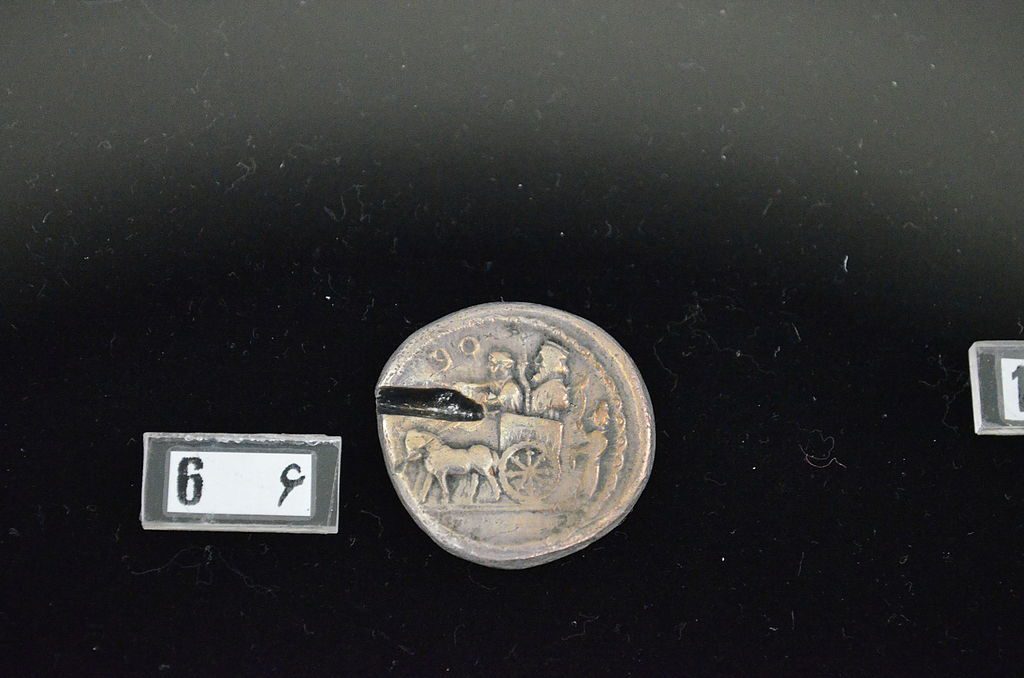
Throughout its existence, the museum has seen periods of prosperity and struggle. However, the dedication to preserving Iran’s heritage never wavered. It has been – and continues to be – a beacon of Iran’s cultural and historical pride.
In the present day, the National Museum of Iran stands as a testament to Iran’s resilience and dedication to its history. Whether you’re a local or a visitor, the museum offers a chance to explore and understand the rich and diverse history of this fascinating country.
So, if you’re ever in Tehran, make sure to step into this museum. Because, seriously, you don’t want to miss the chance to experience the compelling narratives of Iran’s past.
Ready to marvel at the timeless art in the permanent exhibitions of the museum? Stay tuned for the next section!
Marvel at Timeless Art: Permanent Exhibitions of the Museum
Dive into Iran’s illustrious history with the permanent exhibitions housed in the National Museum of Iran. Spanning thousands of years, these exhibitions offer a glimpse into the past, taking you on a journey from the Paleolithic era right through to the Islamic period.
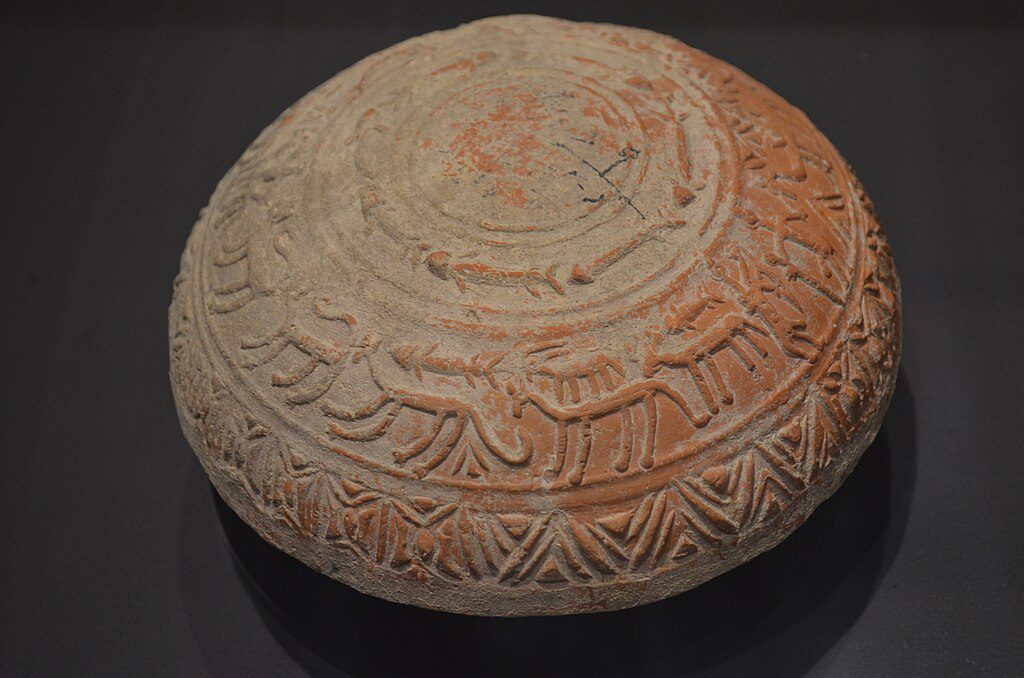
The Museum of Ancient Iran, the first of the two buildings, is where you’ll encounter artifacts from prehistoric times to the end of the Sassanian Empire. One of the most remarkable pieces in this section is the Salt Man – an astonishingly well-preserved mummy dating back to the Parthian era.
As you stroll through the museum, you’ll surely be fascinated by the artifacts from the Elamite and Mede periods. Discover a vast collection of tablets, showcasing ancient Elamite and Akkadian scripts; they’re proof of a time when communication took a physical form.
The Sassanian period exhibit is another must-see. The intricate designs on silver plates, the majestic statues, and the delicate textiles – these pieces testify to the cultural zenith of the Sassanian Empire.
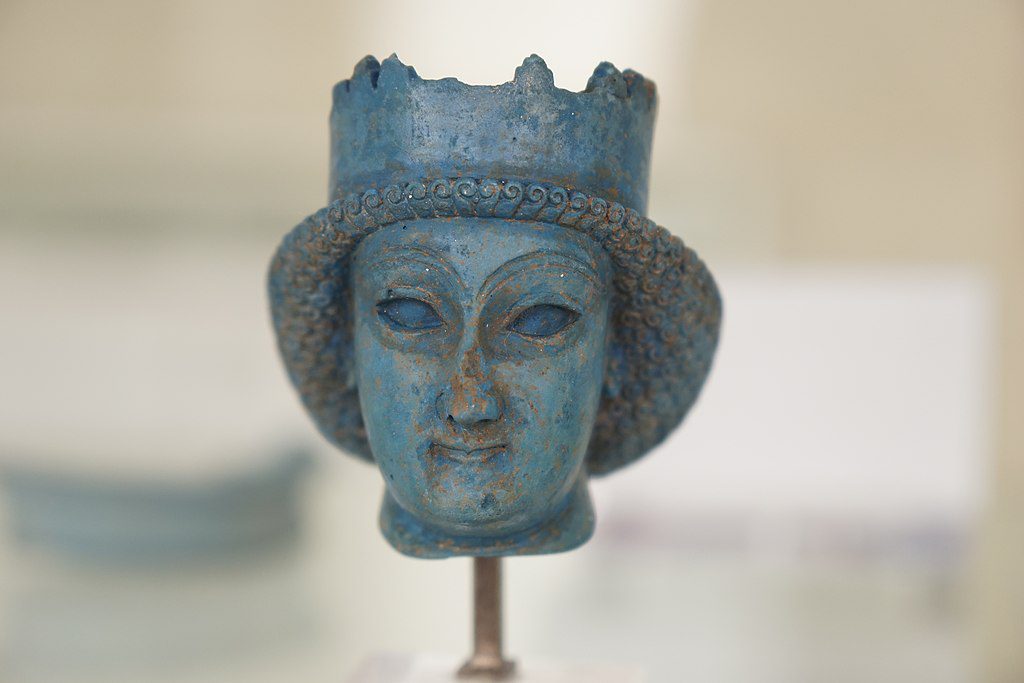
Upon entering the Museum of the Islamic Era, you’re greeted by an impressive array of art and craft from the 7th century onwards. This section, honestly, houses a stunning collection of ceramics, textiles, and calligraphy, displaying the evolution of Islamic art and culture over centuries.
From the breathtakingly beautiful Quran manuscripts to the handpicked ceramics that bear witness to the profound influence of Chinese art on Persian pottery, this part of the museum is a real treat for art and history lovers alike.
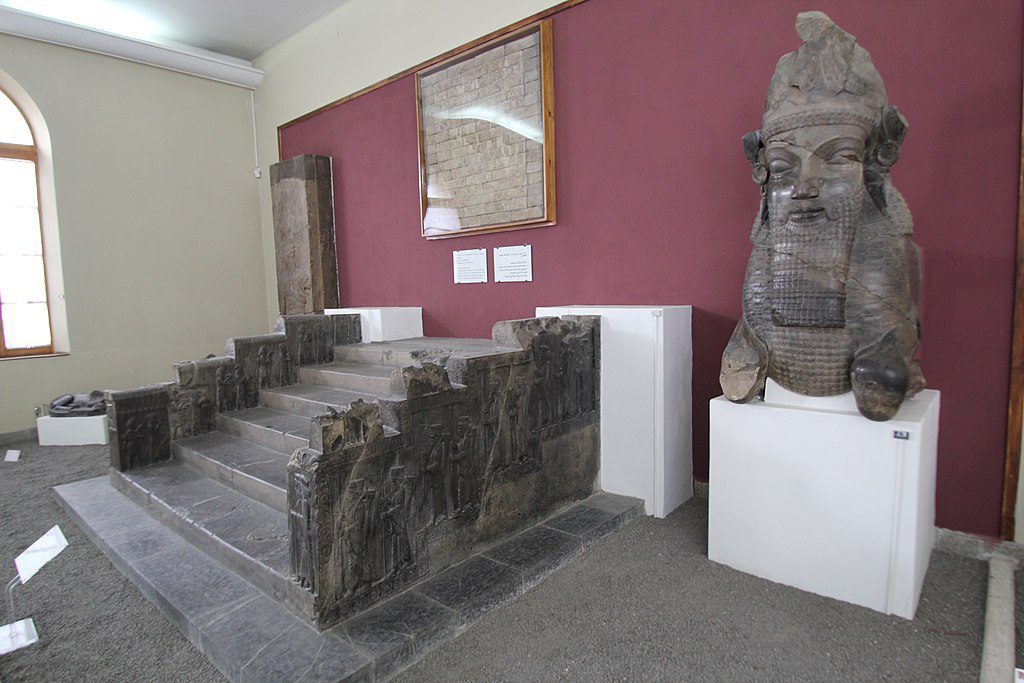
Now, if you think you’ve seen it all, wait till you discover the special exhibits at the National Museum of Iran!
Discovering Unseen Treasures: Special Exhibits at the National Museum
Special exhibits are, undoubtedly, an integral part of the National Museum of Iran. These exhibitions feature themes that are not covered in the permanent collection, offering visitors a fresh perspective on Iran’s rich cultural history.
Whether it’s the depiction of religion in ancient Persia or a closer look at Iran’s tribal cultures, the special exhibits are curated meticulously. They provide insights into the myriad aspects of Iranian history and society that you wouldn’t otherwise get a chance to explore.
With regular rotation, these exhibits are an exciting opportunity for visitors to delve deeper into specific areas of interest. They are usually accompanied by detailed information, making them an enlightening experience for anyone interested in understanding Iran better.
Be sure to check out the museum’s official website or contact them directly for information on the current special exhibits. Trust me; you wouldn’t want to miss out on these incredible insights into Iran’s captivating culture and history.
Next, let’s unravel the architectural grandeur of the National Museum of Iran!
Architectural Grandeur: The National Museum’s Masterpiece
One glance at the National Museum of Iran and you’re instantly captivated by its architectural magnificence. The museum isn’t just a container for historical treasures; it’s a masterpiece in its own right. Just its façade could keep an architecture enthusiast engaged for hours!
The museum’s design, the brainchild of the French architect André Godard, is inspired by ancient Persian architecture. The entrance of the Museum of Ancient Iran, for instance, replicates the Sassanian arch, a prominent feature of the historical city of Ctesiphon.
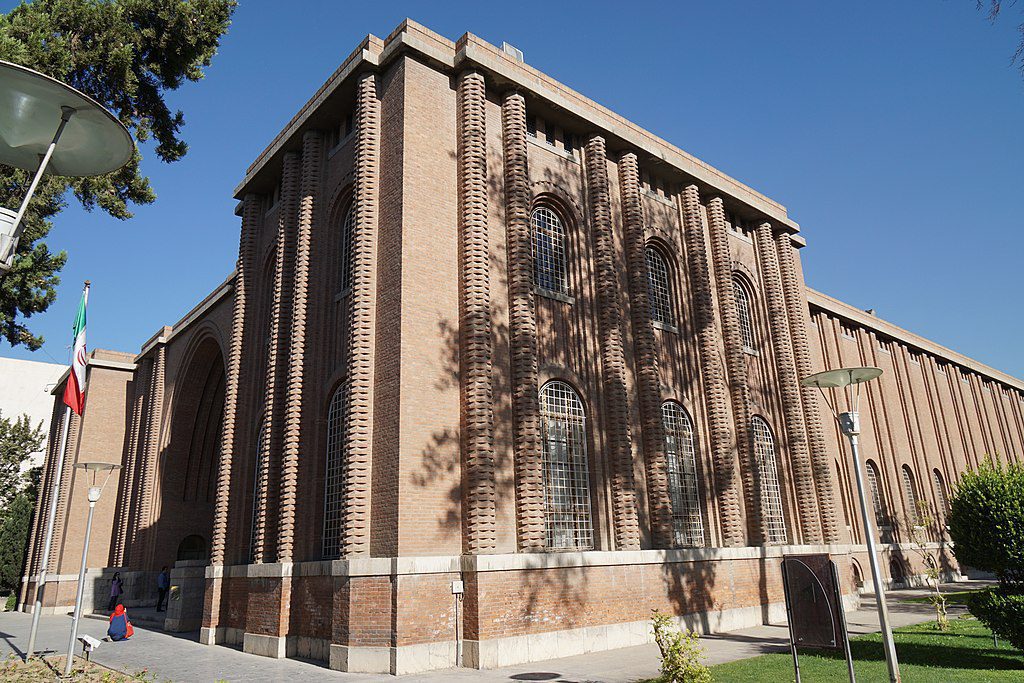
A walk around the museum will reveal a harmonious blend of various Iranian architectural styles. Its brickwork is reminiscent of the architecture of the Ilkhanate period. The intricate stucco decorations showcase Seljuk artistry, while the wooden doors and windows display Safavid craftsmanship.
Moving to the Museum of the Islamic Era, the modern architectural design signifies a leap forward in time, while retaining elements of traditional Persian architecture. This amalgamation of past and present architectural styles is what truly sets the National Museum apart.
As you wander through the museum, the connection between the displayed artifacts and the architecture becomes apparent. The building is not just a space for storing artifacts; it’s a tangible representation of Iran’s architectural evolution.
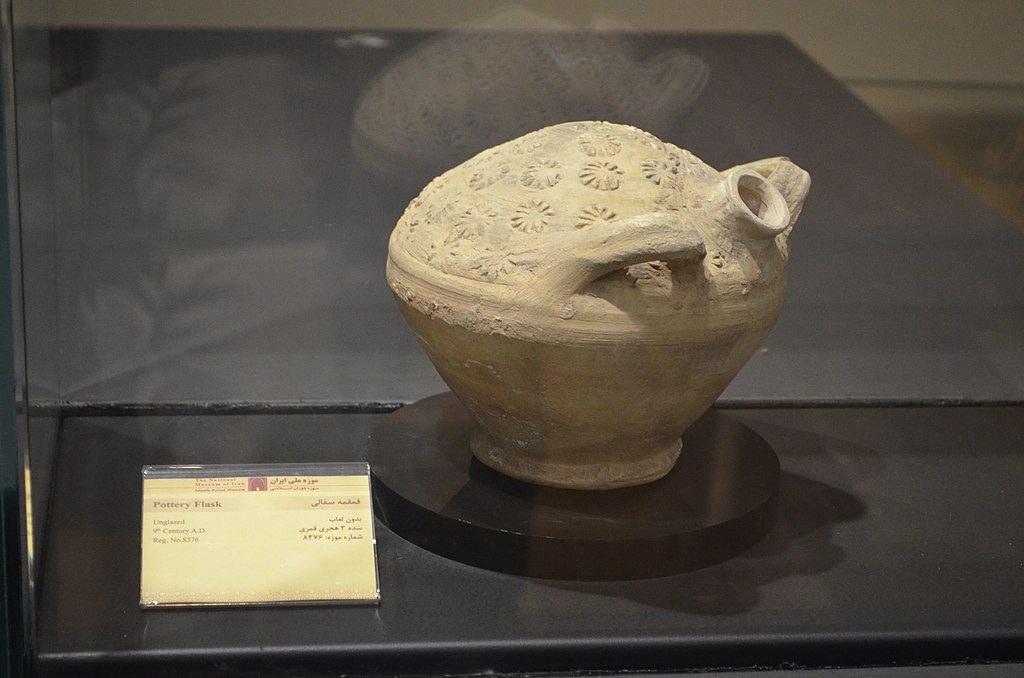
Now that we’ve appreciated the architectural beauty of the museum, it’s time to arm you with some insider tips for your visit!
Insider Tips for Your Visit to the National Museum of Iran
Planning to visit the National Museum of Iran? I’ve got some handpicked tips to make your trip more enjoyable and worthwhile.
First things first, keep in mind the museum’s working hours. It’s open from Tuesday to Sunday, but the timings vary throughout the week. Always check the latest timings on the museum’s official website before planning your visit.
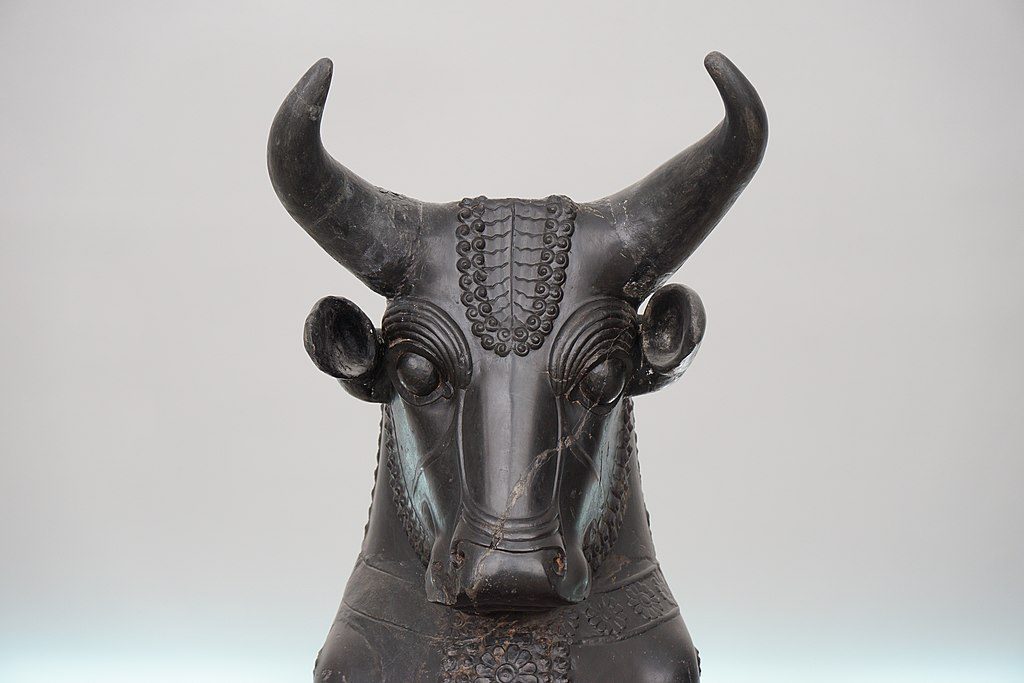
When it comes to exploring the museum, take your time. There’s a lot to see, and rushing through the exhibits won’t do justice to the vast collections. So, don’t try to cram everything into a couple of hours; instead, plan for a half-day visit.
Always make use of the museum guides and information boards. They provide valuable context and enrich your understanding of the artifacts. An audio guide is also available, providing detailed explanations in multiple languages.
Lastly, don’t forget to check out the museum shop. You can find replicas of some artifacts, books, postcards, and other memorabilia that will serve as perfect souvenirs of your visit.
Why the National Museum is a Cultural Powerhouse in Iran
The National Museum of Iran, undoubtedly, holds a powerful position in the country’s cultural landscape. It’s not just about the quantity of the artifacts; it’s about the quality and the cultural significance they hold.
Possessing a collection that spans thousands of years, the museum is a beacon of cultural preservation in Iran. It showcases the evolution of civilizations that have left their mark on the Iranian plateau. In essence, it’s a place where Iran’s past communicates with the present.
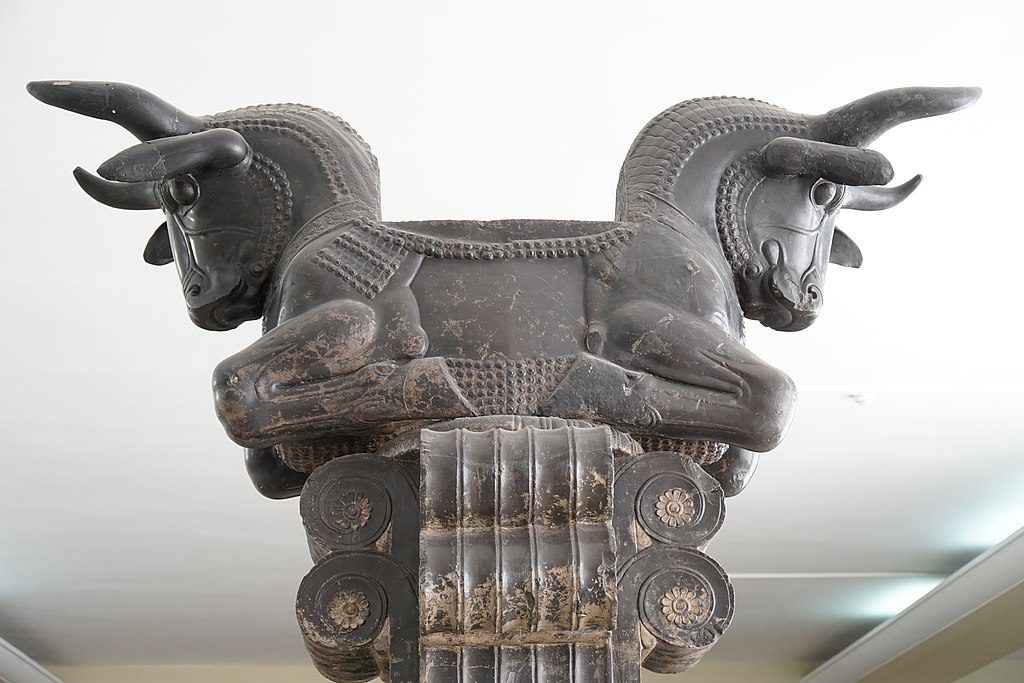
The museum also serves as a research hub for archaeologists, historians, and scholars worldwide. Its vast collection provides valuable data for researchers seeking to understand Iran’s history and culture better. Its importance in this regard is truly unmatched.
Moreover, the museum holds educational importance. It regularly hosts workshops and courses on archaeology, ancient languages, and artifact restoration, contributing to the education of Iran’s next generation of historians and archaeologists.
Culturally, the National Museum of Iran has an immense role in instilling national pride and identity. It reminds visitors of the richness and diversity of Iran’s cultural heritage. For Iranians, it’s a source of national pride; for foreigners, it’s a window into the country’s historical and cultural richness.
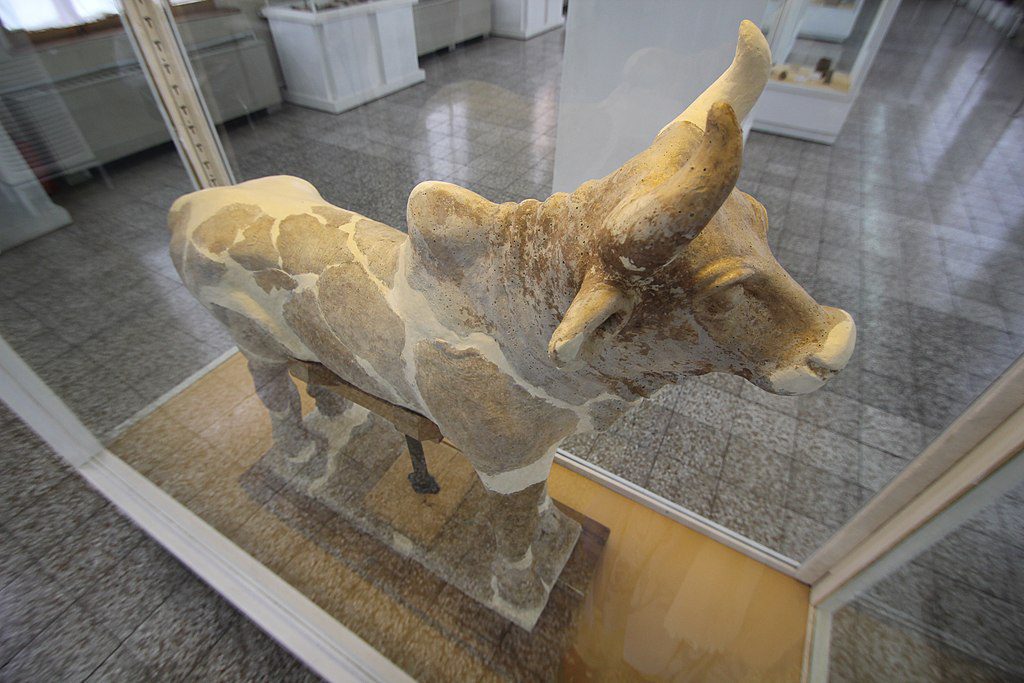
So, after diving into the historical and cultural significance of the National Museum, let’s wrap up this unforgettable journey through Iran’s history!
Wrapping up Your Unforgettable Journey to Iran’s National Museum
Reflecting on the journey we’ve taken through the National Museum of Iran, one thing is clear: the museum is more than just a building. It’s a time capsule, a storyteller, an educator, and a symbol of national pride. For sure, this museum is not just about artifacts; it’s about Iran’s cultural identity and its deep historical roots.
As we close this exploration, remember that the museum’s significance is not merely confined to its walls. Its influence extends far beyond, playing a pivotal role in preserving Iran’s cultural heritage, contributing to research, education, and fostering national pride.
Every corner of the museum whispers a story, every artifact is a silent testament to Iran’s history, and every visit is a step into a time machine. You leave with more than just photographs and souvenirs; you leave with stories, experiences, and a newfound appreciation for Iran’s rich cultural history.
So, if you are planning a trip to Tehran, make sure to carve out a day for the National Museum of Iran. Honestly, it will be an experience you’ll cherish forever!
Remember, history is not just about the past; it’s about understanding our present through the lens of the past. And, tbh, there’s no better place to do this than at the National Museum of Iran.
FAQs About the National Museum of Iran
Q1. What are the two main buildings of the National Museum of Iran?
A1. The National Museum of Iran is divided into two main buildings: the Museum of Ancient Iran (Muze-ye Irān-e Bāstān) and the Museum of the Islamic Era.
Q2. What periods of history do the Museum of Ancient Iran and the Museum of the Islamic Era cover?
A2. The Museum of Ancient Iran showcases artifacts from the Paleolithic to Sassanian eras, while the Museum of the Islamic Era displays arts from the advent of Islam in Iran to recent centuries.
Q3. What is a notable artifact in the Museum of Ancient Iran?
A3. One notable artifact in the Museum of Ancient Iran is the Salt Man, which is an exceptionally well-preserved mummy dating back to the Parthian era.
Q4. What can visitors expect to see in the Museum of the Islamic Era?
A4. Visitors to the Museum of the Islamic Era can expect to see a stunning collection of ceramics, textiles, calligraphy, and Quran manuscripts that depict the evolution of Islamic art and culture over centuries.
Q5. Are there any special exhibits at the National Museum of Iran?
A5. Yes, the National Museum of Iran regularly hosts special exhibits that cover themes not included in the permanent collection. These exhibits provide unique insights into various aspects of Iranian history and society, offering visitors a fresh perspective on the country’s rich cultural heritage.
Discover the Rich History of Iran: Embark on a Knowledge-Based Archaeological Tour
If you’re a history enthusiast or an avid traveler seeking to explore the captivating historical sites and museums of Iran, embarking on a knowledge-based and archaeological tour is the perfect way to immerse yourself in the country’s rich cultural heritage. Iran boasts a wealth of ancient civilizations, remarkable artifacts, and architectural wonders that span thousands of years.
To truly experience the best of Iran’s museums and historical sites, consider embarking on a customized tour designed specifically for your interests and preferences. One such reliable and professional tour operator is ToIranTour.
Unforgettable Iran Tours and Travel Packages
ToIranTour offers a wide range of Iran tours and travel packages, specializing in knowledge-based and archaeological tours. Their team of experienced guides and experts in Iranian history and culture ensures that every aspect of your journey is carefully planned and tailored to provide a unique and enriching experience.
Whether you’re intrigued by the ancient ruins of Persepolis, fascinated by the Islamic art and architecture of Isfahan, or eager to explore the hidden gems of Tehran, ToIranTour has meticulously designed tours that cater to diverse interests and preferences.
Customized Tours to Suit Your Preferences
One of the key advantages of choosing ToIranTour is their commitment to customization. They understand that every traveler is unique, with varying interests, schedules, and travel preferences. With their expertise, they create personalized itineraries that align with your specific requirements, ensuring that you get the most out of your visit to Iran’s museums and historical sites.
Whether you prefer a more focused archaeological tour, an in-depth exploration of specific periods in Iranian history, or a comprehensive journey that encompasses the country’s diverse cultural heritage, ToIranTour can design the perfect itinerary for you.
Experience Iran with Confidence
Traveling to a new country can sometimes be overwhelming, especially when it comes to navigating cultural nuances and logistical challenges. With ToIranTour, you can explore Iran with confidence, knowing that you have a reliable and knowledgeable team supporting you throughout your journey.
From arranging accommodations and transportation to providing expert guides who bring the stories of Iran’s past to life, ToIranTour ensures that every detail is taken care of, allowing you to focus on enjoying your immersive experience.
Start Planning Your Iran Adventure Today
If you’re ready to embark on a knowledge-based and archaeological tour of Iran’s remarkable museums and historical sites, look no further than ToIranTour. Their dedication to providing exceptional service, customized itineraries, and an unforgettable experience sets them apart as a leading tour operator in Iran.
Visit their website to explore their range of Iran tours and travel packages, and get in touch with their friendly team to start planning your dream journey. Get ready to uncover the treasures of Iran’s past, guided by experts who are passionate about sharing the country’s rich cultural heritage with you.
